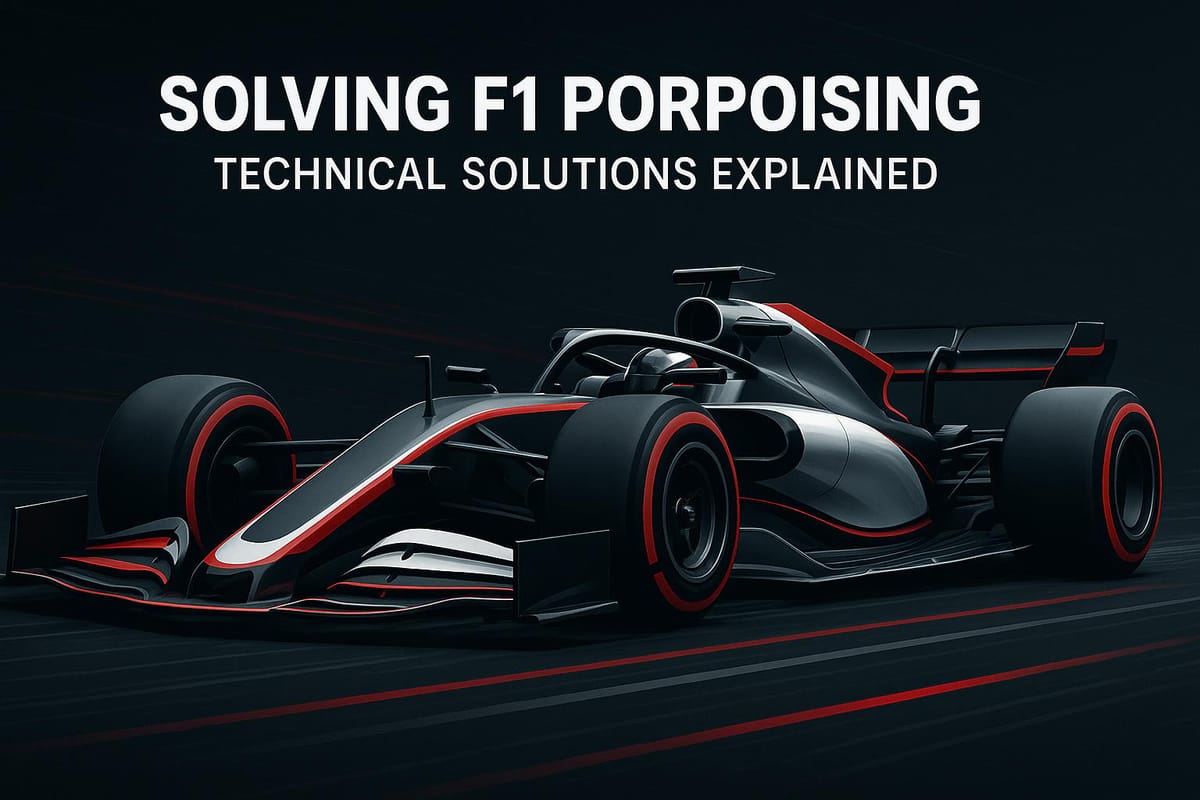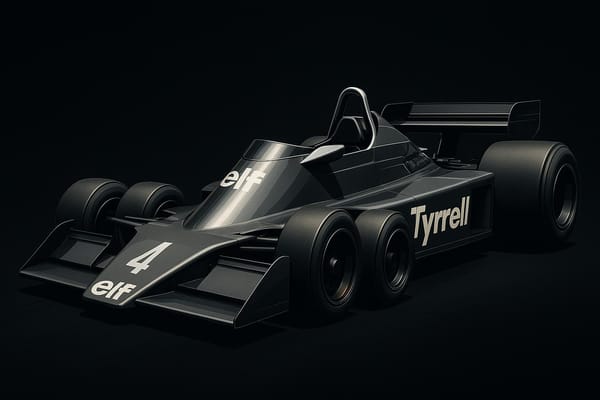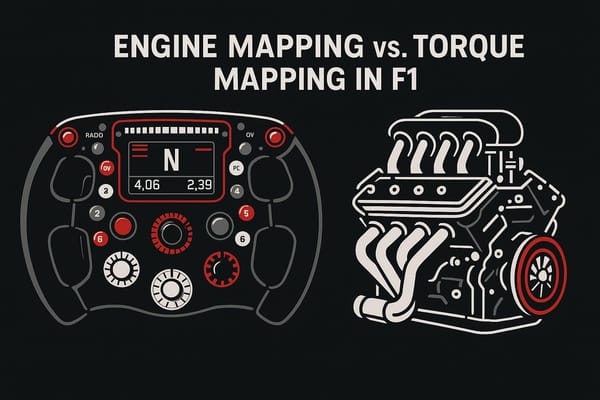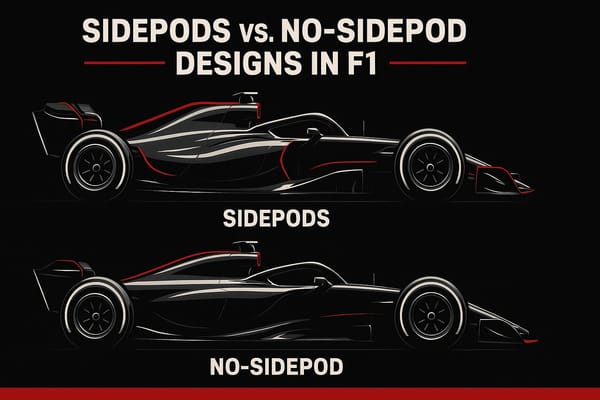Solving F1 Porpoising: Technical Solutions Explained
Explore the challenges of porpoising in F1 cars and the innovative solutions teams are employing to enhance performance and driver safety.

Explore the challenges of porpoising in F1 cars and the innovative solutions teams are employing to enhance performance and driver safety.


The MP4/1 revolutionized Formula 1 with its carbon fiber chassis, enhancing performance and safety standards in the sport and beyond.

Explore the groundbreaking design and legacy of the only six-wheeled Formula One car, the Tyrrell P34, and its impact on motorsport innovation.

Explore the critical roles of engine mapping and torque mapping in optimizing Formula 1 car performance under varying conditions.

Explore the debate between standard sidepods and zero-pod designs in Formula 1, analyzing their impact on performance and innovation.